CASE is excited to introduce our new blog dedicated to charting emerging pathways through the shifting territories of contemporary acoustic ecology.
R. Murray Schafer developed acoustic ecology as an interdisciplinary extension to the field of ecology proper. His aim was to address problems in our sonic environments by learning to hear these environments with “clean” ears, and then to enlist a wide variety of scientists, scholars, artists and artisans to imagine how these environments might be made to function in more balanced relationships with their inhabitants. After 40 years, acoustic ecology has not (yet) resulted in the global re-think of architectural design or urban planning that Schafer wished. Yet the field has been enormously influential across a wide and often unexpected array of research areas and creative practices while undergoing continual transformations from within.
Two movements have played key roles in the dissemination and transformation of acoustic ecology. Firstly, the field enjoyed a timely birth on the cusp of the current fascination with how the concept of “ecology” can inform disciplines far afield of the natural sciences: “Media ecology” emerged around the same time that Schafer was developing his program for soundscape research; the notion of “ecological thinking” has become a viable branch of philosophical inquiry; and fields like “political ecology” and “ecomedia studies” tackle key issues in ecological thought by way of their embedding within politics and the media. And this trend of thinking about ecology outside of the natural sciences is increasing steadily in the 21st Century. Secondly, the last 25 years have given rise to sound studies with a veritable explosion of interest in the auditory dimension across a vast swath of research areas crossing countless disciplinary boundaries. With this simultaneous bubbling of cross-disciplinary interest in both sound and ecology, it seems inevitable that acoustic ecology would be swept up in the excitement and put through its paces on unexpected terrain. Not surprisingly, acoustic ecology has proven wildly flexible in the midst of these movements, resulting in a rich re-imagining of the field’s potential along with some lively debate about its limitations.
This blog will track current scholarly, creative and pedagogical engagements with acoustic ecology in the Canadian context to investigate its cross-disciplinary proliferation here in the country of the field’s birth while opening it up to an even broader audience. 40 years ago the World Soundscape Project began its attempt to delineate a distinctly Canadian acoustic environment with their case study of Vancouver and subsequent travel across the country, culminating in the Soundscapes of Canada series for the CBC in 1974. The time is ripe now for revisiting, revising, and retuning that ambition. We invite submissions that present and discuss how acoustic ecology has influenced the research, teaching and creative practice of Canadians, people working in Canada, and/or those dealing with Canadian subject matter. Through regular posts featuring projects that engage acoustic ecology in a variety of ways we aim to enliven the Canadian soundscape research community for the contemporary sound studies environment, to reveal the rich diversity of work being done here in the birthplace of the field, and to track how this work has opened out to the world. If your work fits the bill, we want to hear about it and share it with the CASE audience. Send all inquiries, suggestions, and proposals to: info@soundecology.ca
By Randolph Jordan
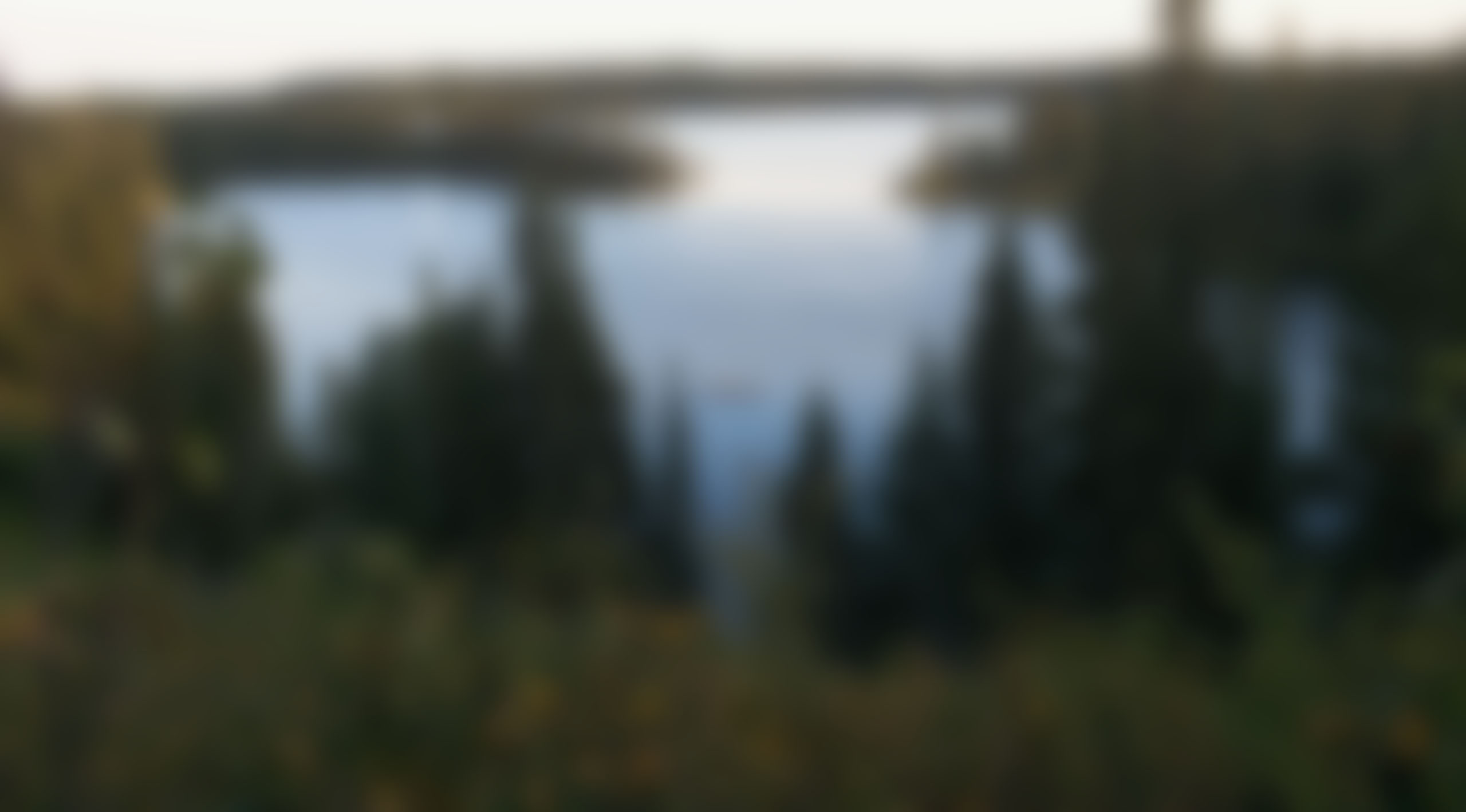
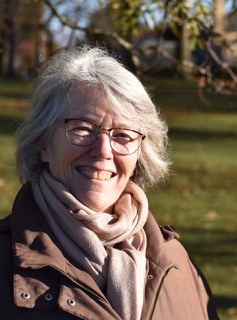
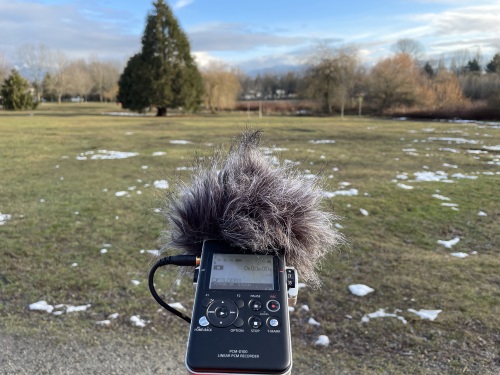
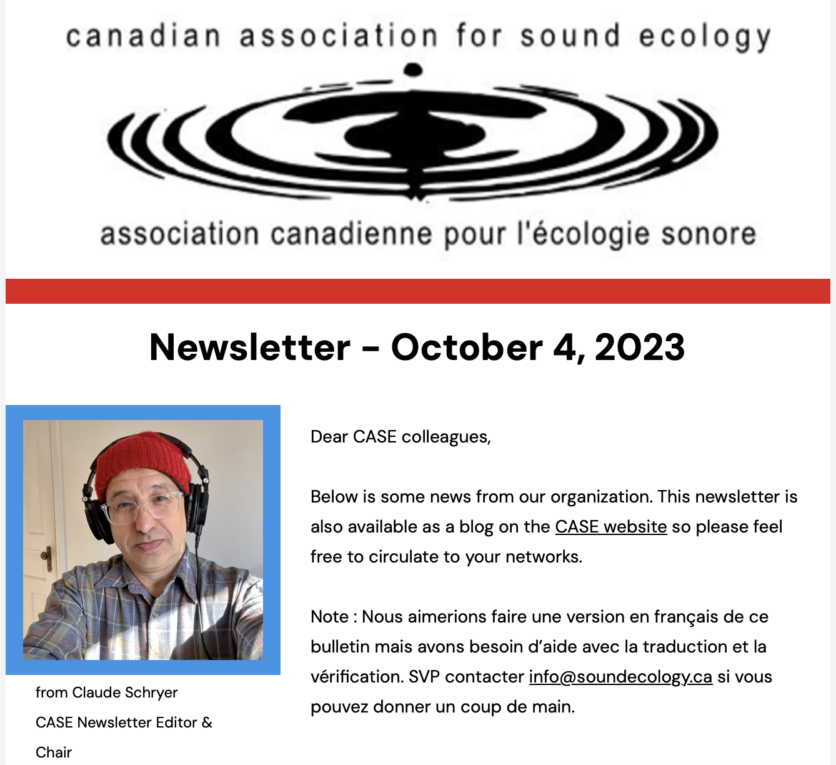
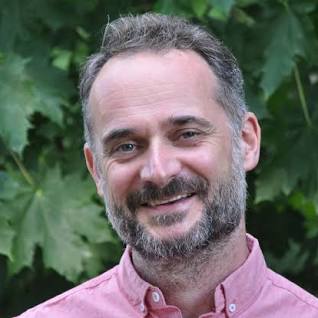
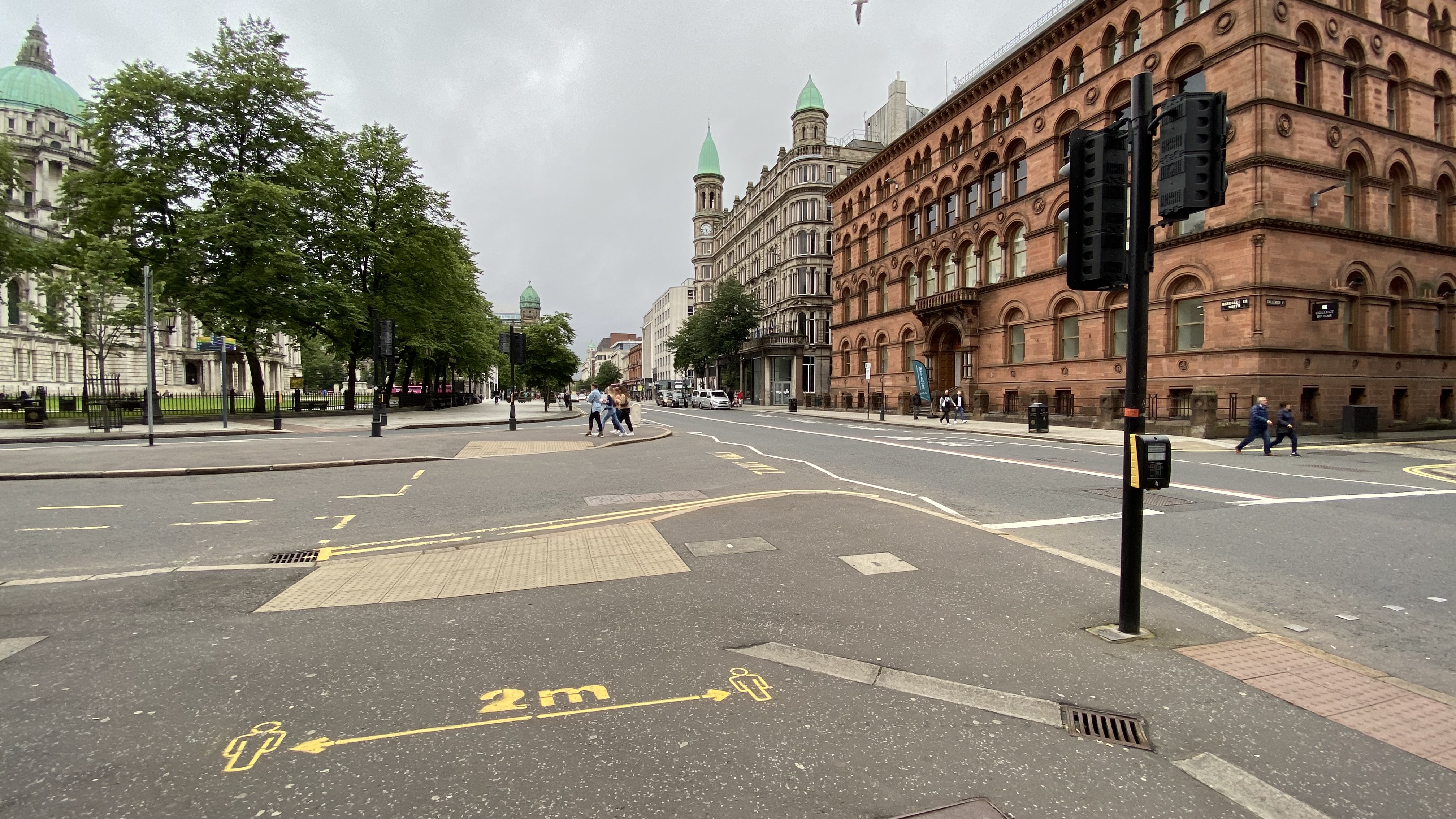
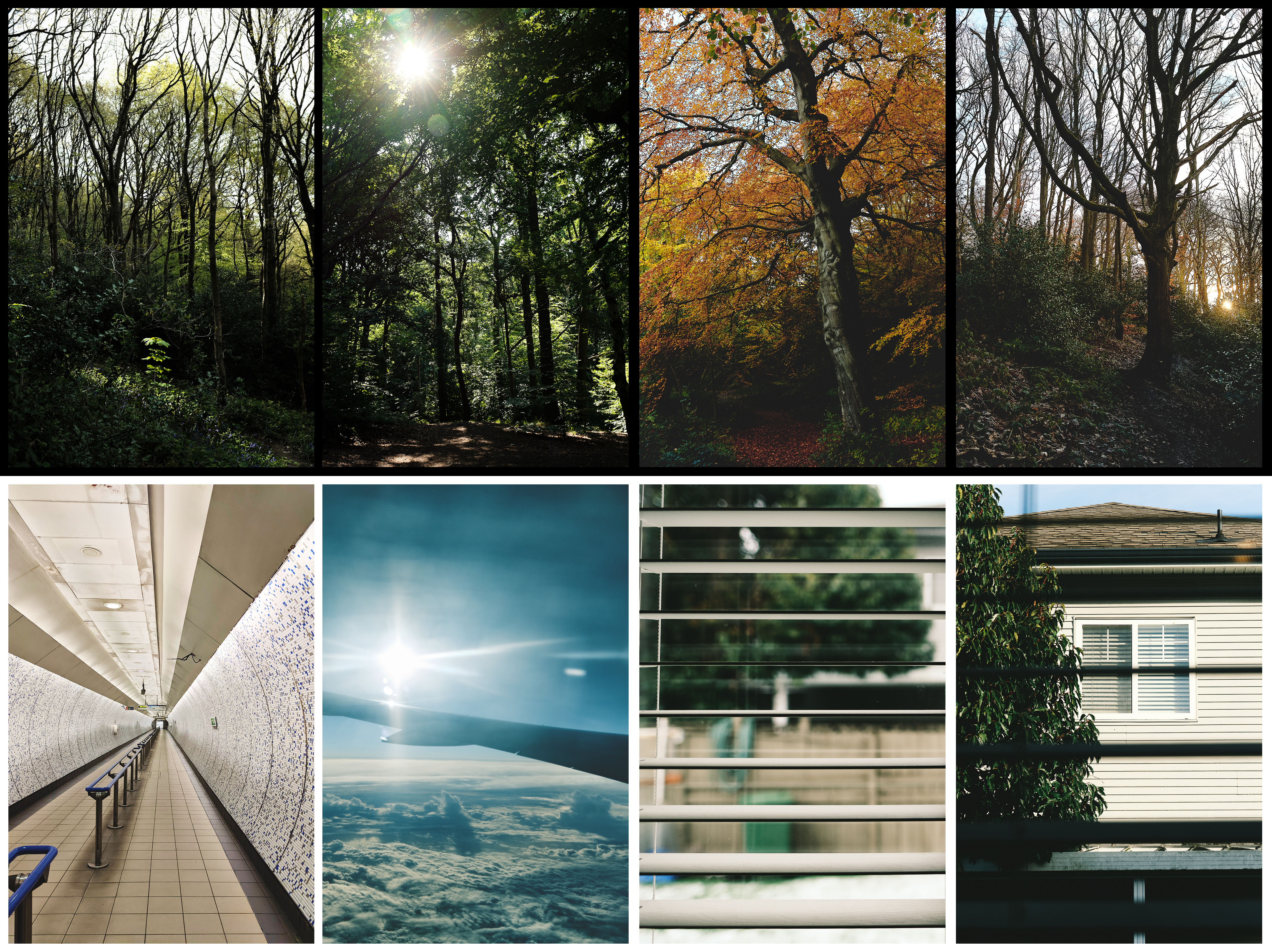

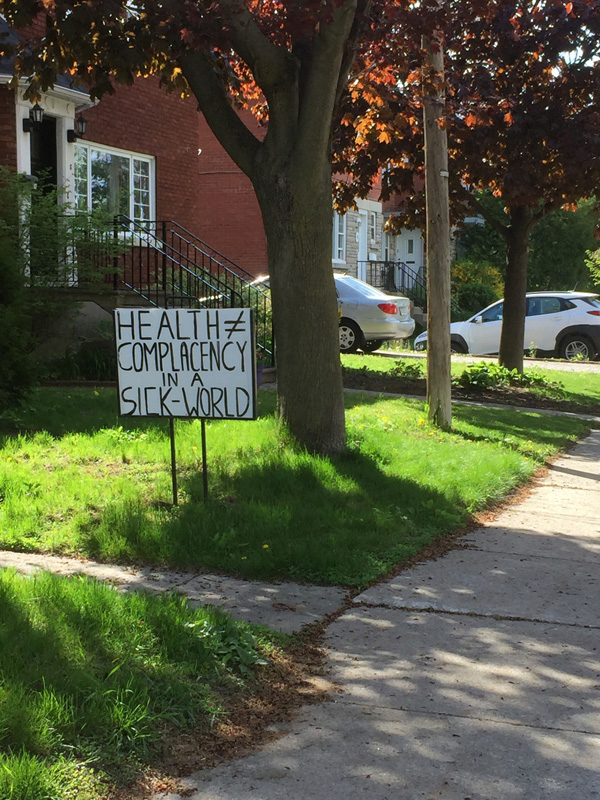


Leave a Reply